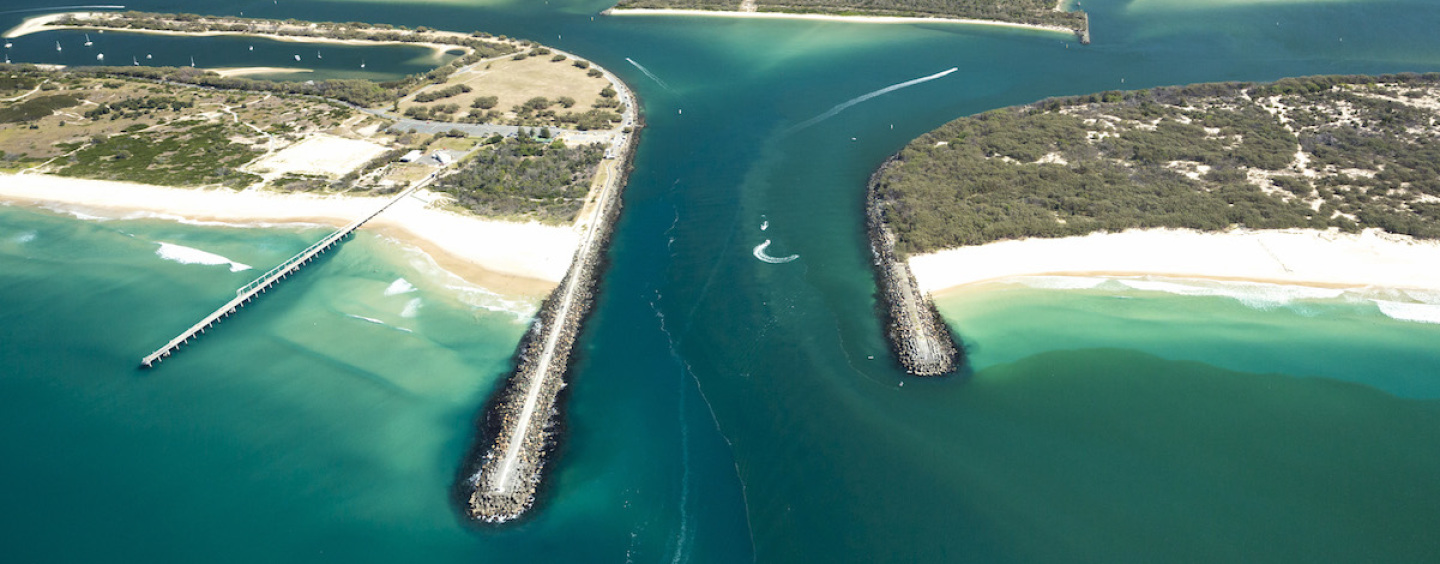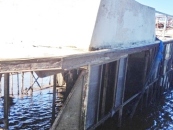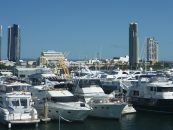The year 2017 had been an exciting one as we’ve worked hard to secure the future of the Gold Coast’s waterways.
With five rivers, creeks, 260km of navigable waterways, more than 750 hectares of lakes and dams as well as land assets, the Gold Coast Waterways Authority (GCWA) has a vital role to play in planning, managing and protecting the Gold Coast’s iconic waterways.
Boating registrations in the region are growing at more than twice the State-wide growth rate and the purchase of jet-skis continues to boom. Against this growth, the responsibility for ensuring the Gold Coast’s waterways remain something that residents can use, understand, protect, respect, enhance and enjoy is crucial.
Now five years since its establishment, GCWA has focused in the past year on tackling even more of the planning and management challenges associated with protecting this precious asset for present and future generations of locals and visitors.
One of the hallmarks of GCWA is to set priorities locally and we have talked with a wide cross-section of people from our community– boaties, divers, water-skiers, jet skiers, residents and visitors – to shape our priorities.
More than 1000 residents offered their views at “Meet the Board” sessions that have been held over the past 12 months at Southport, Hope Island, Currumbin, Hollywell, Burleigh Heads and Main Beach.
Issues raised by community have covered a range of topics including:
- concerns about speed and behaviour
- access to channels throughout the Gold Coast
- increased demand for buoy mooring areas
- upgrades to boating facilities
- management of trust land including Doug Jennings Park and Wave Break Island.
GCWA has worked hard to address community concerns and expectations.
In the past year, we have:
- delivered more than $5.5 million in dredging projects to ensure safe navigation of channels
- invested more than $3.3 million in projects to improve access to the waterways
- enhanced our land-based assets responding to strong community demand in Doug Jennings Park by upgrading facilities for the community while ensuring disciplined management of the park by outlawing illegal camping
- staged “Gold Coast 2017 and Beyond”, an inaugural symposium bringing community and international attention to the importance of ensuring the resilience of our waterways
- continued to consult the community on our key waterways management strategies for buoy moorings and speed limits.
Our focus is on responding to two critical priorities shaping the future of our waterways – congestion and resilience.
The Gold Coast of the future is facing severe congestion, transport and planning issues as a result of the forecast doubling of the population to 1 million people by 2050 as well as staggering growth in watercraft ownership and registrations.
At the same time, Gold Coast waterways are particularly vulnerable to the effects of climate change such as storm surge and sea level rise, given their vast scale and proximity of development to the water.
We need to prepare now for these future impacts.
We are committed to protecting the fundamental value waterways provide to Gold Coast residents, visitors and Queensland; addressing the shared challenges and designing solutions to ensure they remain as iconic places of infinite beauty and opportunity.






























